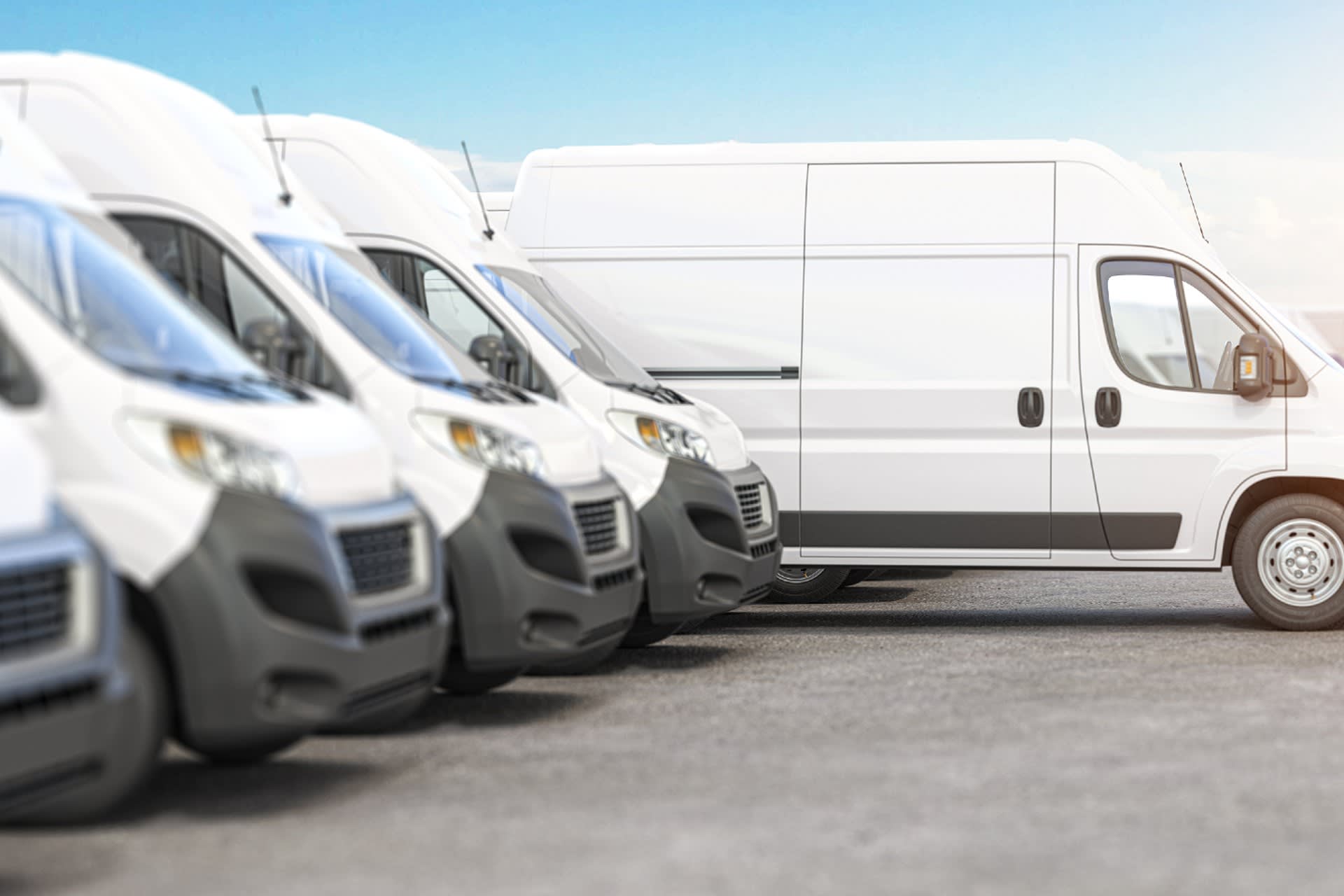The transition to electric: A fleet manager’s checklist
Helping your drivers to go electric is a vital step on your fleet’s journey to net zero.
To ensure a smooth transition, it’s important to conduct a thorough assessment for each driver before they make the switch. Having all the necessary paperwork in place will help you electrify without any disruption to your operations.
Here’s a handy checklist of the most important things you need to consider.

Pre-assessment
Have you completed a full assessment of each driver’s suitability for an electric vehicle (EV)? This should take the driver’s travel profile into account and may be something the driver completes or readily available via telematics. You may also have profiles based on job function or organisational need (e.g. ‘field sales’ or ‘commuter’). The travel profile should consider:
- Daily mileage – Many EVs now have at least a 200-mile range, which may be enough to justify leaving ICE vehicles behind.
- Journey type – Does the driver spend most of their time in urban areas, or on dual carriageways and motorways?
- Journey purpose – Is it a straightforward commute, a vehicle with a delivery schedule, or one with random destinations (e.g. breakdown vehicles)?
- Dwell time and downtime – When’s the vehicle stationary at your depot, other site, driver’s house, or elsewhere?
- Charge point access – How easy will it be for the driver to recharge their EV, publicly or privately? (See below for additional points about access.)
You’ll also need to consider the total cost of ownership of fleet vehicles rather than up-front costs when working out financial forecasts.
Vehicle assessment
It’s important that the vehicle is suitable for the driver and their requirements. You may want drivers to select from your approved list of EVs, which will create a smoother process than reviewing selections case-by-case. Such a list will also mean that each vehicle’s fit for purpose, ensuring maximum efficiency across your fleet and helping to prevent unnecessary downtime.
You should also look at both vehicle range and speed of charging when determining what’s best for each driver. If your business is committed to EVs, working with an external partner like Drax will support you with on running test drive days. This is when your drivers get a feel for the EVs and experience the different models on offer.
Vehicle training
While driving an EV isn’t especially different to driving a petrol or diesel vehicle, drivers may need time to get used to one-pedal driving and regenerative braking. Teaching the driver how to operate – and maintain – their new vehicle could be done in a one-off training session. You can add refresher sessions at a later date, based upon driver requests, issues flagged in the vehicle’s telematics, or a predetermined calendar invitation.
Data collection
Has the driver signed a data collection consent form? This should state they agree to you capturing their driving data so you can use it to improve fleet performance. If your organisation has a fleet of internal combustion engine (ICE) vehicles, you may already capture data around driving behaviours and locations, so you should have existing policies already in place.
Driver negligence agreement
Is the driver aware of any penalties or charges they are liable to pay in the event of their negligence? This will include parking fines and end-of-contract fees (as it would for ICE vehicles), but for an EV may also include running out of charge (and requiring rescue). Most breakdown companies offer one free call-out, but any additional ones will incur a charge.
Reimbursement
Have you communicated to the driver what mileage expenses they can claim back? Most companies use the HMRC-set rate of 45p per mile – is this your organisation’s rate?
Charge point access
Have you agreed with the driver who’s responsible for ensuring they have suitable access to charge points? This includes resolving the issue of who pays to install any home charger and what happens if the driver moves. When assigning EVs to drivers, or they’re relocating, establish these points early so you can organise a site survey and (if feasible) installation as quickly as possible.
At Drax, we're experts in both fleet electrification and energy. So, whether you’re just starting your fleet electrification journey or you’re some way down the track with EVs embedded into your mobility mix, we have the information you need.
Get in touch to supercharge your journey.
Get in touchDisclaimer
We’ve used all reasonable efforts to ensure that the content in this article is accurate, current, and complete at the date of publication. However, we make no express or implied representations or warranties regarding its accuracy, currency or completeness. We cannot accept any responsibility (to the extent permitted by law) for any loss arising directly or indirectly from the use of any content in this article, or any action taken in relying upon it.


